The world is vast and full of many natural resources such as fruits. Many kinds of fruits are commonly eaten, however, there are quite a few that are exotic. Here are six exotic and unique fruits.
1. Akebi (Chocolate Vine)
These fruits originated mainly in Yamagata Prefecture in the Tokohu region of Japan, its cultivation began only about 20 years ago. The fruit is mixed with salt to pickle cucumber and is said to bring in sweetness. The pod is stuffed, sauteed, and deep-fried with the appearance of the popular dish tonkatsu (deep-fried pork cutlet). Akita Prefecture oil is a scarce herbal medicine produced from Akebi seeds. According to scientific research, Akebi is said to have antiseptic properties and is a diuretic. The texture of the fruit looks and feels similar to lychee, but it’s softer. It is full of tiny seeds that taste bitter after being chewed and, therefore, could be mixed into yogurt or smoothie.
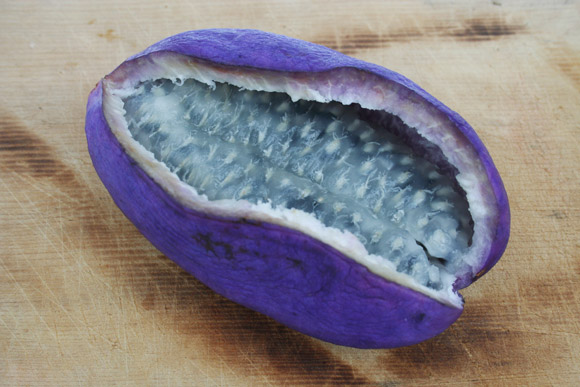
2. Kiwano Melon (Horned Melon)
This exotic and peculiar-looking fruit from Africa’s central and southern regions was formerly known as Cucumis Metuliferus. The thick outer skin of Kiwano Melon is bright orange and covered in horn-shaped spikes. Due to its rich nutrient profile, this fruit offers various health benefits such as promoting blood sugar control, healthy red blood cells, and preventing chronic diseases. The flavor of the Kiwano Melon is mild and slightly sweet. When it is very ripe, it’ll have a hint of banana flavor.
“They look so ugly,” said Chloelynn Bintoro, a junior at ERHS expressing her opinion.
She then continued “I would not eat this.”
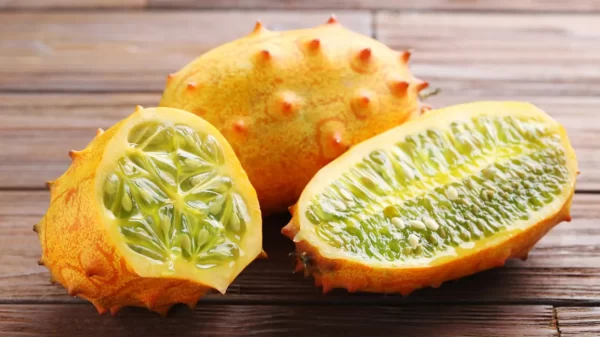
3. Snake Fruit (Salak)
Native to Indonesia, specifically Java and Sumatra, Snake Fruit or Salak naturalized in other regions in the neighboring countries. Snake Fruit can also be made into alcoholic beverages similar to grape-based wine. The fruit itself is sweet and often astringent. Given its unique taste, many different cultural dishes in the South Pacific and neighboring areas use it as an ingredient. There are also many health benefits to this fruit. For example, the minerals inside help improve memory and weight loss. Additionally, these fruits also boost energy, improve heart health and protect vision, manage diabetes, and relieve heartburn (more information here).
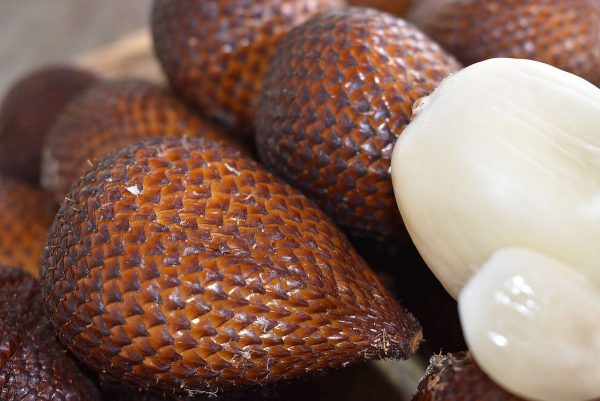
4. Breadfruit
From the South Pacific and other tropical regions, Breadfruit contains starch and is seldom eaten raw. It may be eaten in other ways such as baked, roasted, boiled, fried, or dried and ground into flour. Breadfruit is gluten-free while also being full of fiber, high in antioxidants, and rich in potassium and calcium. When the fruit is fully ripe, it is a little softer and starchy with the taste of a nutty potato.
“It looks delicious,” answered Ember Collado, a junior student at ERHS upon seeing a picture of the fruit.
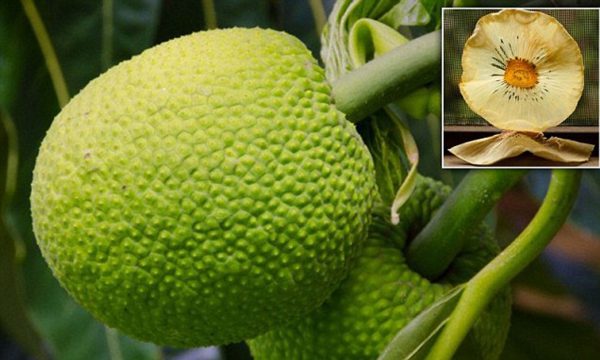
5. Siwa Oasis Dates
Originating from Egypt’s northwestern desert zone, Siwa Oasis Dates are one the most common ingredients that can be found within local Egyptian dishes. Oasis Dates are most often cooked with goat meat, can be mixed with eggs, or boiled slowly in desserts. These dates had been prized as one of the most cultivated fruits within Egypt with over 110 pounds of dates picked each year (more information here). Siwa Oasis Dates has quite the reputation because of its slightly crispy, sugary skin. The fruit itself is eaten typically fresh or cooked until it’s dry. The flavor of the dates has been described as sweet and sticky almost like caramel.
Karen Fu, a junior student at Eleanor Roosevelt High School shared their insightful response, “They’re a little dry.”
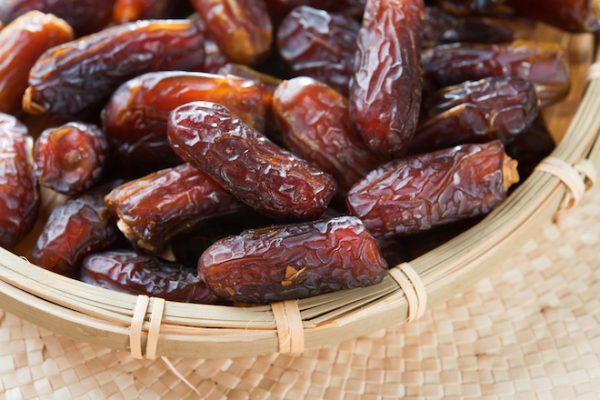
6. Chesnakrimoya (Custard Apple)
Typically cultivated in tropical America, Chesnakrimoya is part of the custard apple family and was usually grown in the Old World tropics (learn more here). The fruit bears a striking appearance with its smooth but bumpy exterior. Chesnakrimoya has been described as having a sweet pulp and a silky texture similar to that of a custard. The taste itself has been said to be a mix of multiple different flavors such as banana, pineapple, strawberry, and kiwi. Chesnakrimoya is also high in antioxidants, can prevent high blood pressure, may possess anticancer properties, and has many more health benefits.
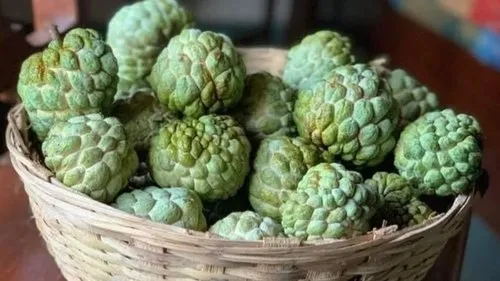
A student teacher at ERHS, Jessica Whittaker shared a slightly humorous response, “All of these fruits look delicious and I would be willing to try all of them except maybe breadfruit, because I think bread should just stay bread.”
On the same note, Max Quan, a senior at Eleanor Roosevelt High School stated, “I’d try them, none of them look particularly unappetizing.”







